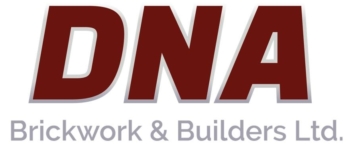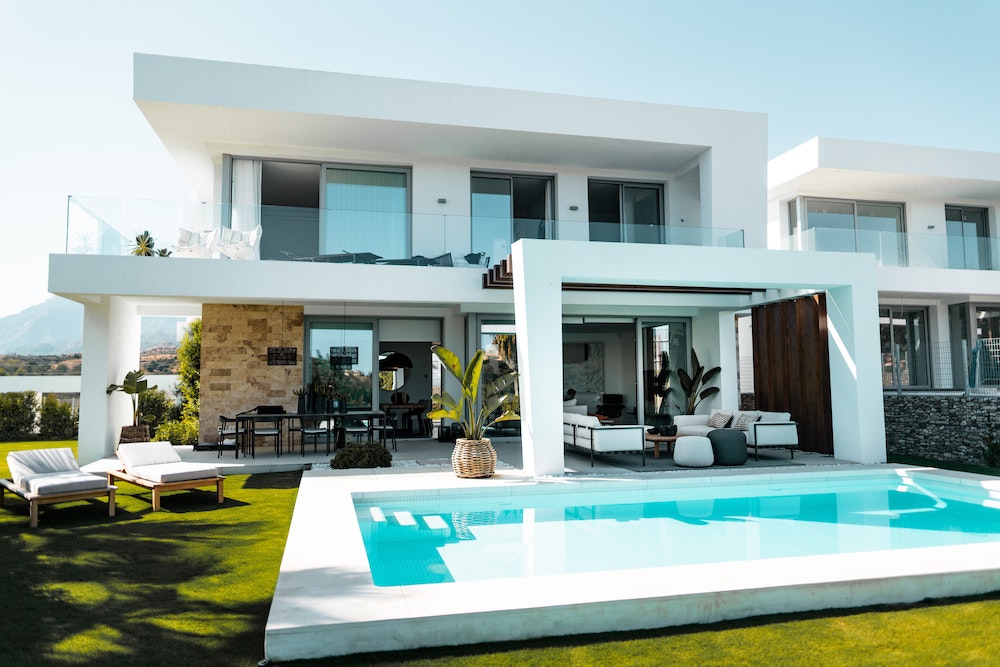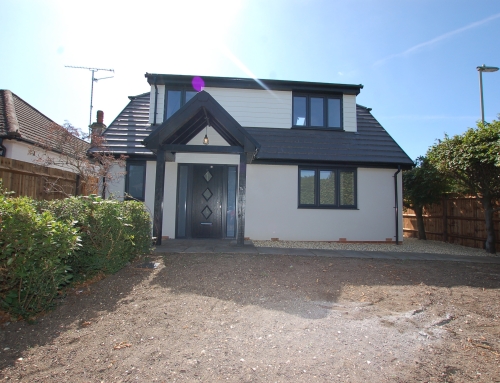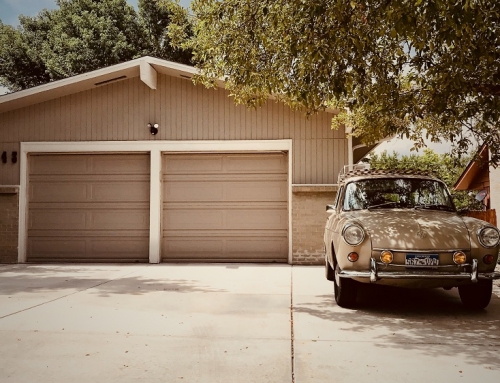If you’re anything like us, then you’re a big fan of Grand Designs. The team at DNA watch every episode almost religiously, and we always enjoy the twists and turns these projects take. We enjoy them even more because we’ve been a part of building huge projects like these, and we know what they always get wrong, every time.
Oh, we don’t mean the builders. We mean the clients.
You see, you might have thought that Grand Designs is a show about building big houses – but really it’s about clients making the same mistakes over and over again, and what the results of those mistakes can look like. In particular, there’s 4 big mistakes all Grand Designs clients make, and we wanted to share them with you.
Don’t Explore The Plans Fully
This is a big one, and we’d say 90% of people on Grand Designs get this fundamental thing wrong. They pay an architect to draw up the plans for their dream house, but they don’t go over the plans in enough detail before the project starts. So when they go into it, they’re taken by surprise by all sorts of things that they might not be happy with, that are more expensive than they thought, or can cause delays. Our advice here is to do it in advance. Take your time going through the plans, talking them over with everyone who is going to be involved in the process so that you know exactly what’s going to happen, when and why. It means there won’t be any surprises later on!
Expect Too Much Input From The Builder
Yes, a builder is there to build your house. But they aren’t the only one doing it. Any build, regardless of size, needs an architect, engineer, designer and a builder to pull it all together. Many clients on grand designs will use architects to draw up the plans, but then expect a builder to handle everything else. But there are a number of things you need specialists for in such complex designs, and a good builder will tell you as much. Oh, and while we can give opinion on design choices, they might not be the same as yours, so bear that in mind as well! You’re the one who has to live in the house, so it’s best if you choose what you like.
Understand That Changes Cost Money
When planning out their grand design, clients may have a good idea in their head about what they want things to look like. Everything from how big the rooms are and where they’re placed, to the finishing touches, they’ve been dreaming about how their perfect home will be. Problem is, reality is very rarely exactly as they imagined. Anomalies happen in building work, and while architects can make a perfect picture with lines on paper, sometimes bringing that to life means a little compromise. These changes, whether made early on or as a ‘while you’re there can you just’ moment, will cause delays, and they will also cost money. This is one of the number 1 reasons the people on Grand Designs run over budget so often.
Know What Causes Delays
In projects as big as those in Grand Designs, delays are inevitable. So much so that there is usually a small time contingency in the plan to account for them. But if the client doesn’t understand the kinds of things that cause delays, they may end up using up that contingency time and a lot more. For example, some of the most common causes for delays include:
- Windows and doors. Glass is one of the biggest causes of delay in any project. But in Grand Designs it tends to be worse, because the glass required is often large single panes or bespoke creations, and so there is more complexity in fabricating, transporting and installing it. And while some building work can go on while we wait for windows to be delivered, the house can’t be made watertight without them, so eventually it will cause work to grind to a halt.
- Unrealistic programme. You might want the build to be done within a certain amount of time, the professionals will probably give you a longer timeline. This might be disappointing, but the reality is the project will take longer than you think it will. If you want to change things part way through the project, this is going to push the completion date even further back. And if you expect a perfect copy of the architectural drawings, you’ll experience both delays and disappointment. Lines on paper are different to physically building a structure, so to not expect minor differences is unrealistic and will cause delays.
- Overlapping trades. You can generally build a house in two ways – using a consultation company who manage everything, or by hiring different trades for each of the different jobs. In either case, there are lots of jobs that hinge on the work of another trade to get them done. For example your electrician can’t set up the wiring until the walls are built, and the walls can’t be built until the foundations have been poured and set. It’s a domino effect within the trades, so if one is running behind schedule, the rest will as well. This is one of the reasons project management is so important.
Taking The DIY Approach
Speaking of project management, that’s another big mistake the clients on Grand Designs make. If they are tight on budget, or just think they can do it themselves, they will take on the role of project manager. The problem is, this involved much more than just making a few phone calls and checking in with the tradesmen to make sure everything’s going to plan. It needs a detailed understanding of every aspect of the project, how it all hangs together, what the dependencies are and what contingency plans are in place. Managing a grand design really is a full-time job, which is one of the reasons the people who hire project managers tend to have a smoother build process.
So next time you’re watching an episode of Grand Designs, keep an eye out for some of these common mistakes, and see if you spot any. We can almost guarantee you will! If you want to avoid making those kind of mistakes, make sure you have an in depth conversation with your suppliers first, so that you can have realistic expectations and your project can go smoothly. And if you have any questions about the process of building a grand design of your own, just get in touch and ask to see photos of our most recent project.




